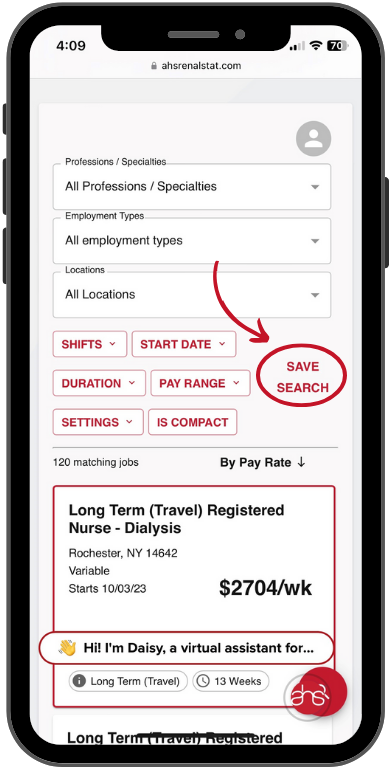Peginesatide, an erythropoiesis-stimulating agent (ESA) intended for once-a-month treatment of anemia due to chronic kidney disease, has been approved for use in adults undergoing dialysis, FDA, Affymax Inc., and Takeda Pharmaceutical Company Limited announced Tuesday.
Affymax has described the drug as a synthetic peptide that is linked to polyethylene glycol and binds to and activates the erythropoietin receptor.
The peptide, the company said, has an amino acid sequence unrelated to that of erythropoietin.
FDA said two randomized studies of dialysis patients whose hemoglobin level had been kept at 10–12 g/dL by an epoetin product showed that once-monthly peginesatide could do the job just as well.
The new ESA has the brand name Omontys.
Its FDA-approved labeling has the same boxed warning as in the labeling for epoetin alfa and darbepoetin alfa regarding the increased risks of death, serious adverse cardiovascular reactions, and stroke in patients with chronic kidney disease.
Peginesatide’s labeling recommends giving the first dose of the ESA when a patient’s hemoglobin level is less than 10 g/dL. A patient who has been receiving a recombinant ESA should get the first dose of peginesatide one week after the last dose of epoetin alfa or when the next scheduled dose of darbepoetin alfa would otherwise be given.
The recommended starting dose of peginesatide for the patient not already receiving ESA therapy is 0.04 mg per kilogram of body weight. This dose may be given by i.v. or subcutaneous injection.
For the patient already receiving ESA therapy, a table in peginesatide’s labeling suggests initial doses on the basis of the previous epoetin alfa or darbepoetin alfa dose. The route of drug administration should be the same as before.
Clinicians, the labeling suggests, should monitor the hemoglobin level of all patients receiving peginesatide at least every two weeks until the level stabilizes and thereafter at least monthly. Dose adjustments should be made on the basis of recent hemoglobin levels.
The labeling states that peginesatide is contraindicated in patients with uncontrolled hypertension.
FDA said the most common adverse effects of peginesatide therapy in dialysis patients have been diarrhea, vomiting, hypertension, and pain in a joint, leg, arm, or the back. Each of these adverse effects occurred in 10% or more of the patients.
The agency approved a risk evaluation and mitigation strategy (REMS) to ensure that the benefits of peginesatide therapy outweigh the risks of potentially fatal cardiovascular and thromboembolic events in the intended patient population. These potentially fatal events, according to FDA’s letter to Affymax, occur at an even higher rate in patients with chronic kidney disease who are not undergoing dialysis, which is not the drug’s intended patient population.
The medication guide for peginesatide discusses these risks.
Affymax’s Jeffrey H. Knapp, chief commercial officer, on Tuesday said Omontys should be in the “distribution channel,” with dialysis centers as the endpoint, in the second quarter of 2012 but not sooner than in four weeks.
He said only the multiple-use vials will initially be available. These vials contain 1 or 2 mL of peginesatide injection 10 mg/mL and can be stored for up to 28 days after first use if kept at 2–8 °C. ~ashp.org~


